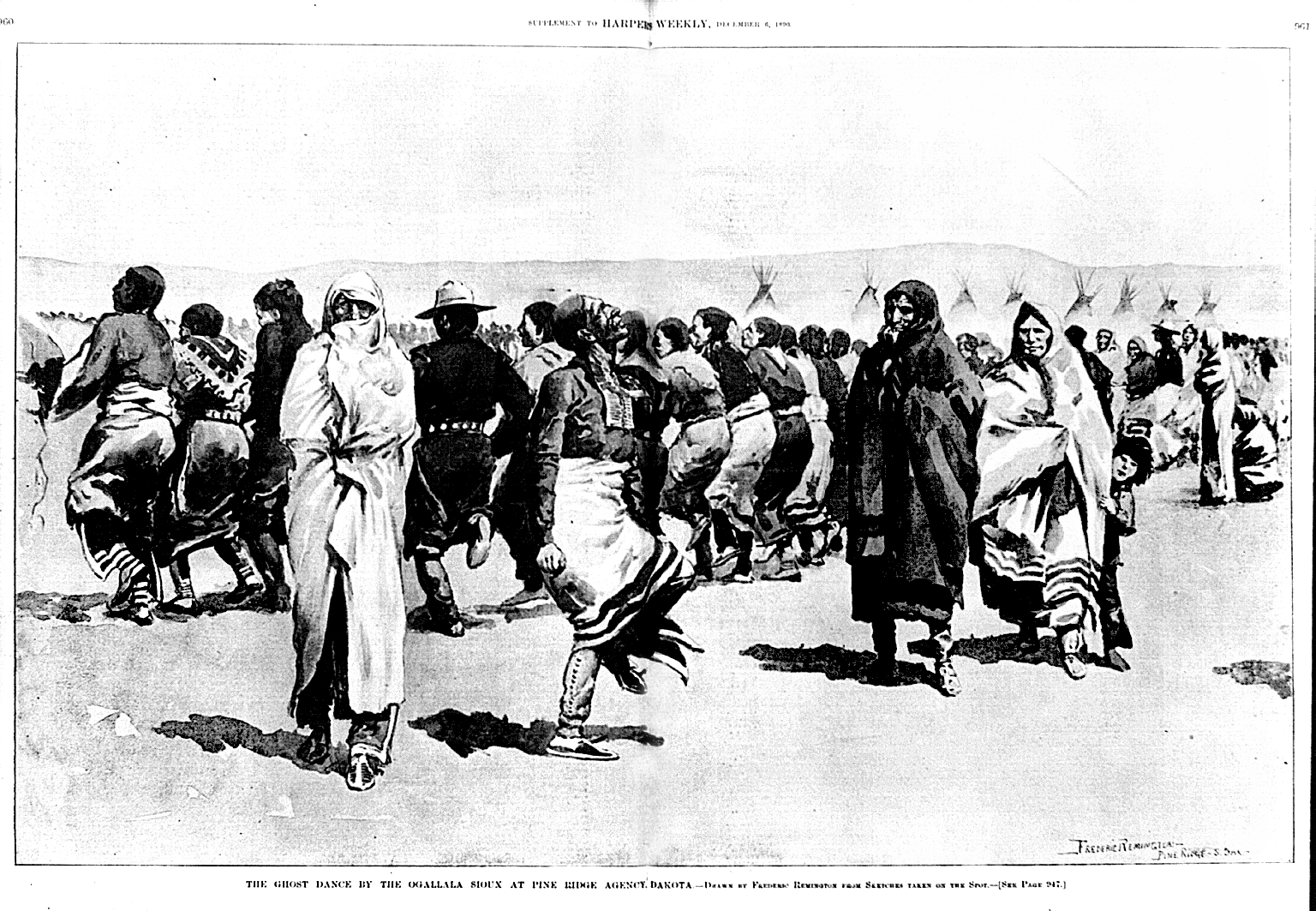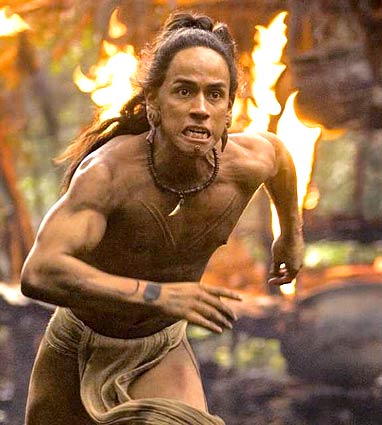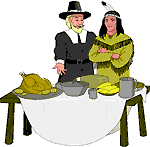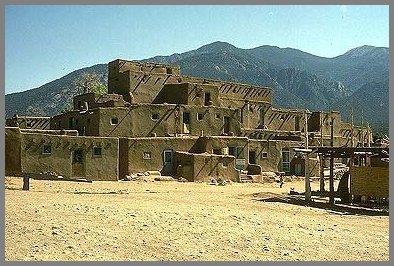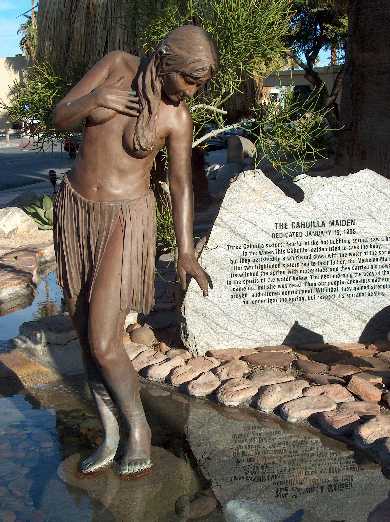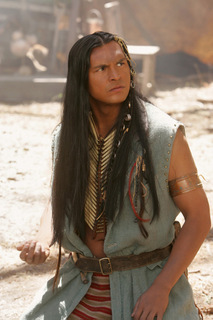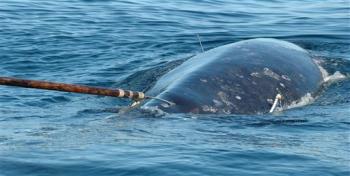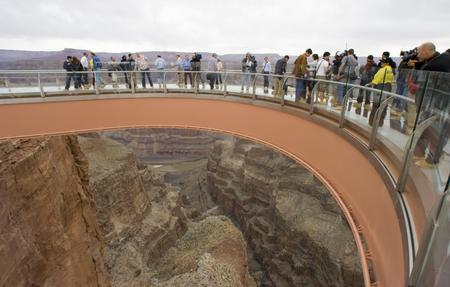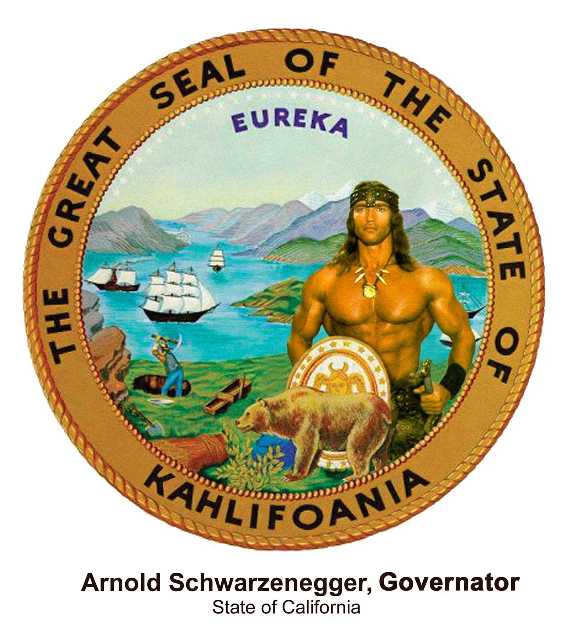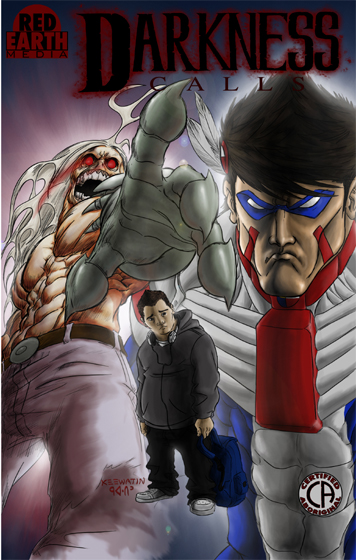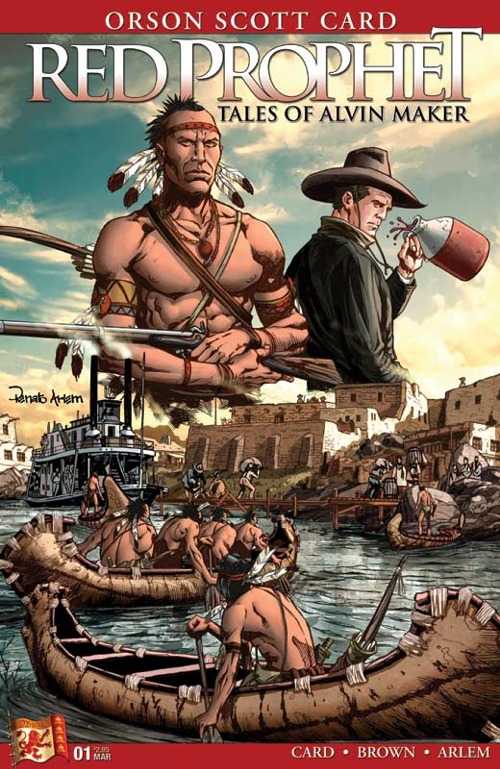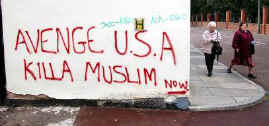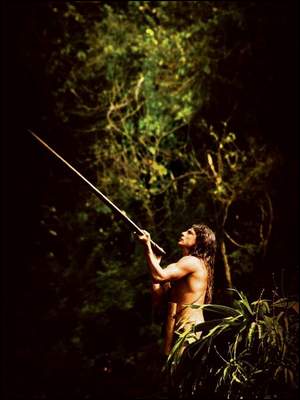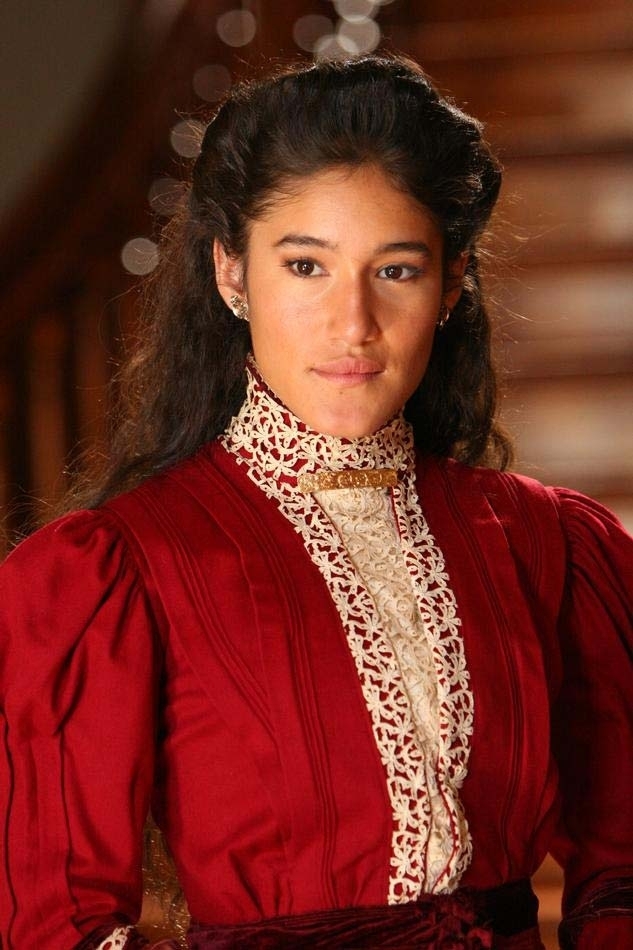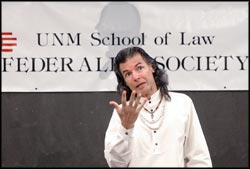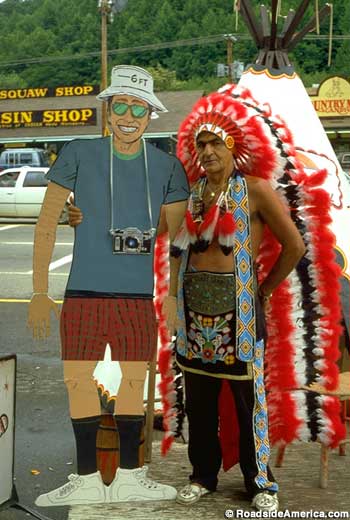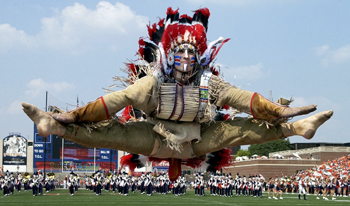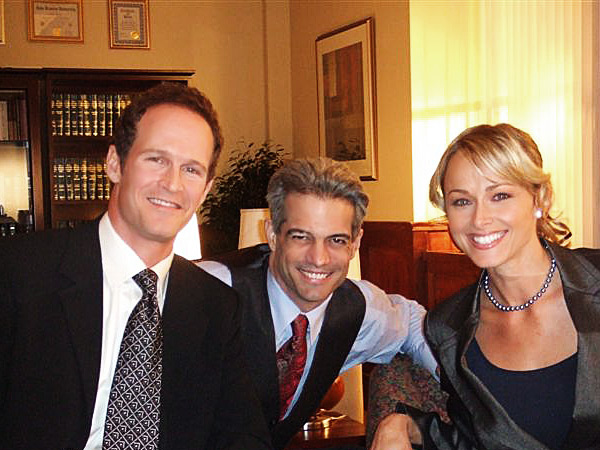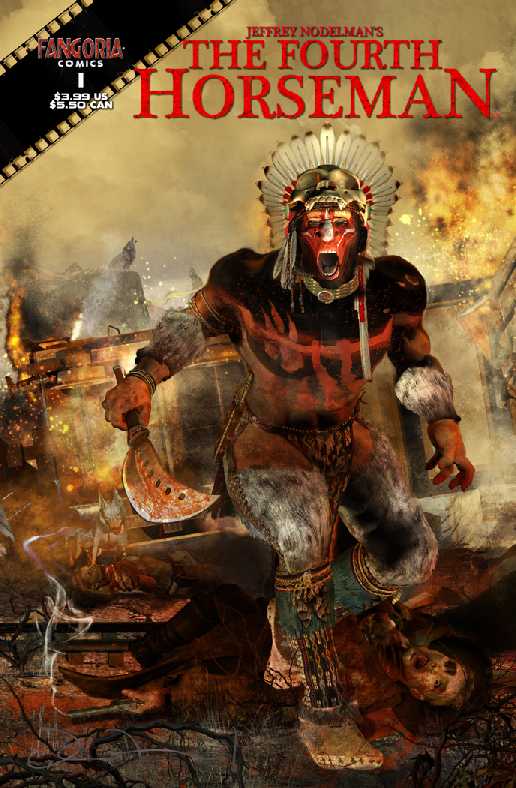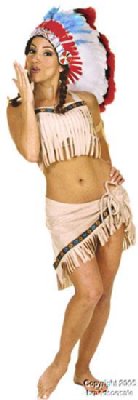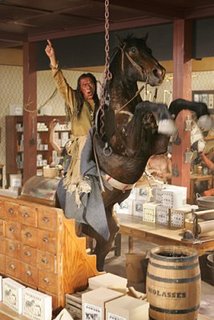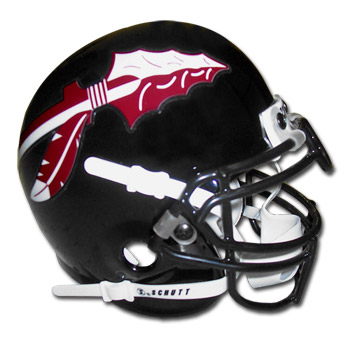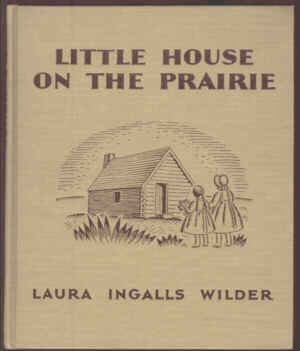The MIT students, working the Sun on its opening weekend and the week after, won more than a half million dollars, according to the book, and were even comped with lots of free stuff, like a widescreen TV, a Sony stereo and camcorders, for being good customers.
I guess we have to take the casino's word that the book was mostly wrong in suggesting that it lost so much money to counters at the blackjack tables those opening weekends that it had to change procedures and retrain staff.
The last night of the second raid by the MIT students, when they claim to have taken home more than $300,000 from Connecticut's newest casino, they had a scare when a pit boss finally approached them, the book says. They began to panic. Card counting is legal, but they were worried about laws on an American Indian reservation.
“Mr. Chiu, he said, using Kevin's alias at the moment. “We've been watching you all night.”
Kevin's stomach turned upside down, and he began looking for the exits.
“Why is that?”
“Because you are exactly the sort of customer we want to feel at home here at Mohegan Sun. Are you aware of our comp program?”


